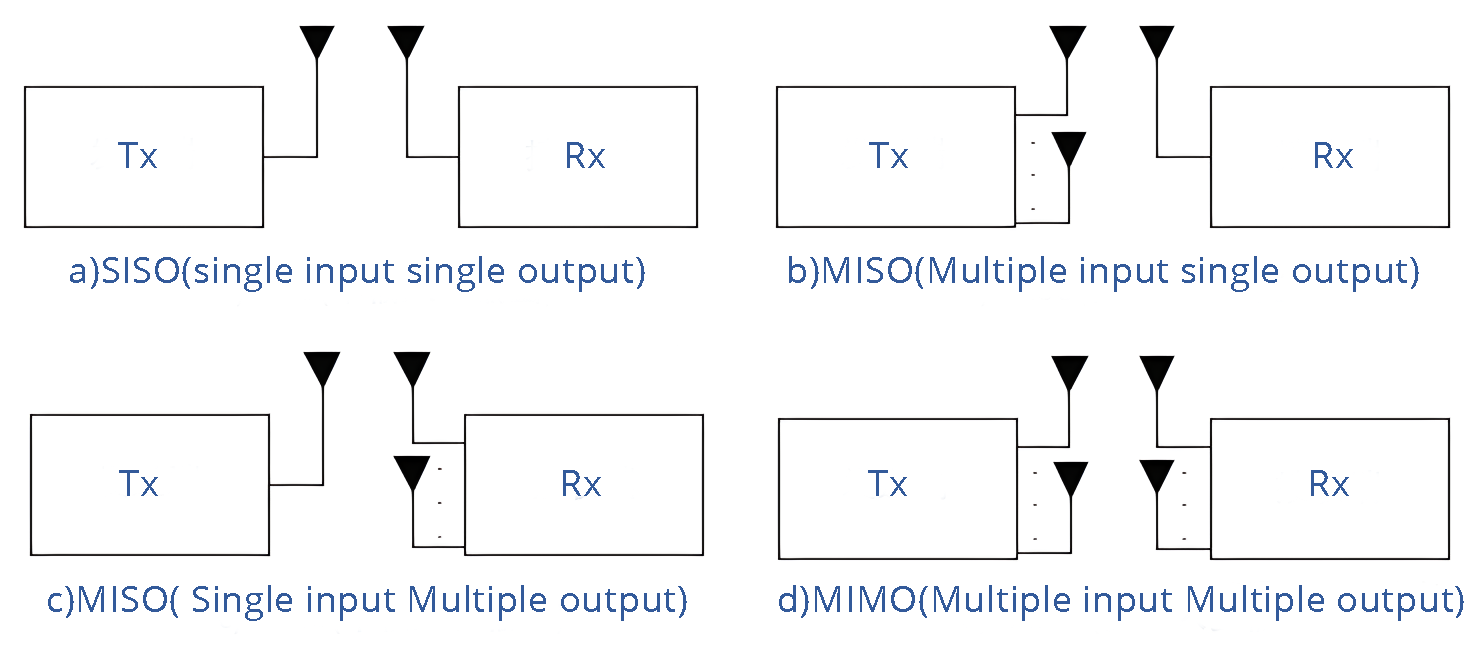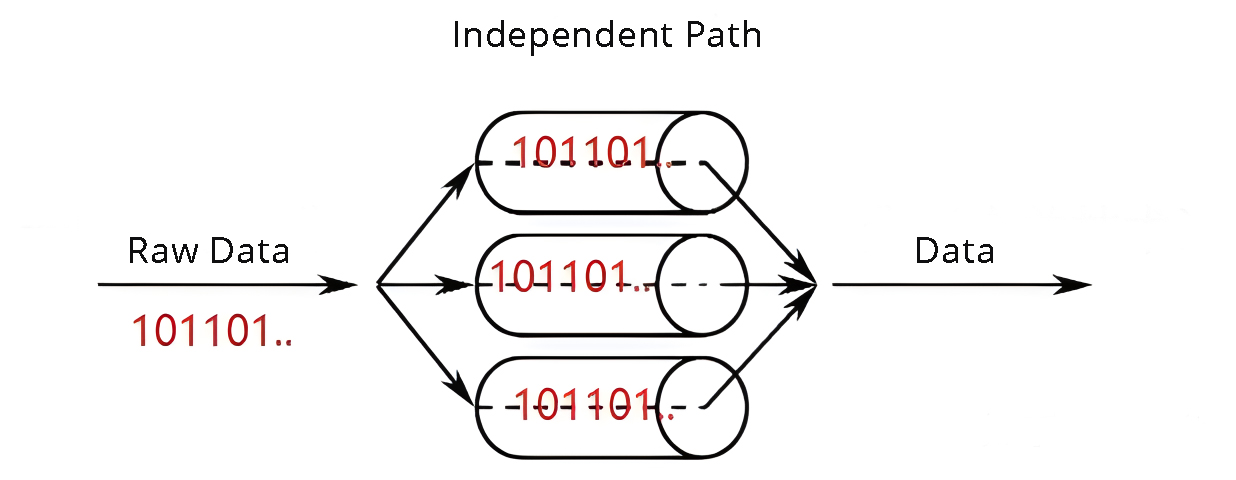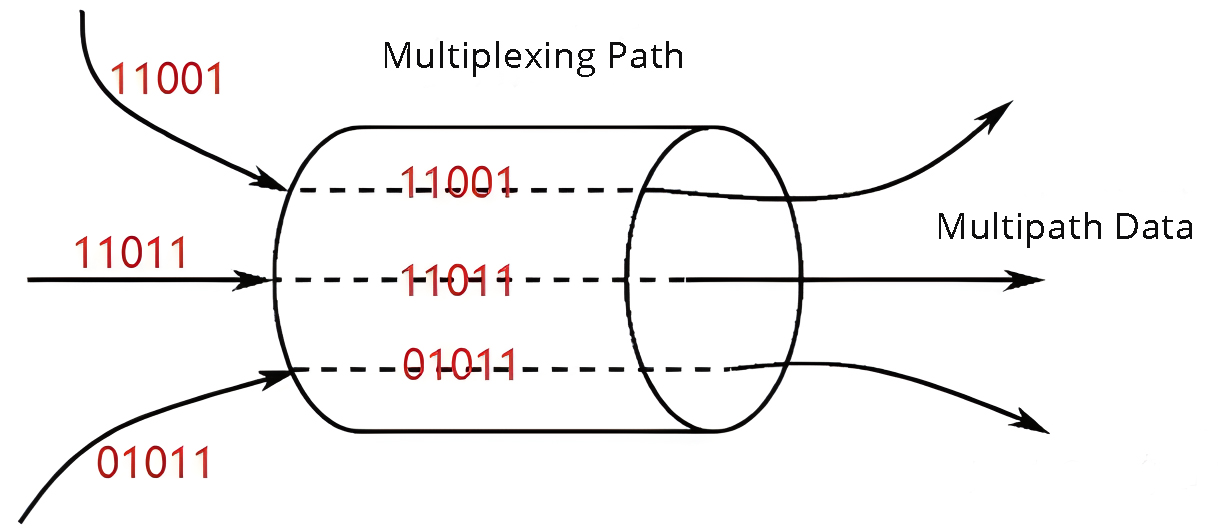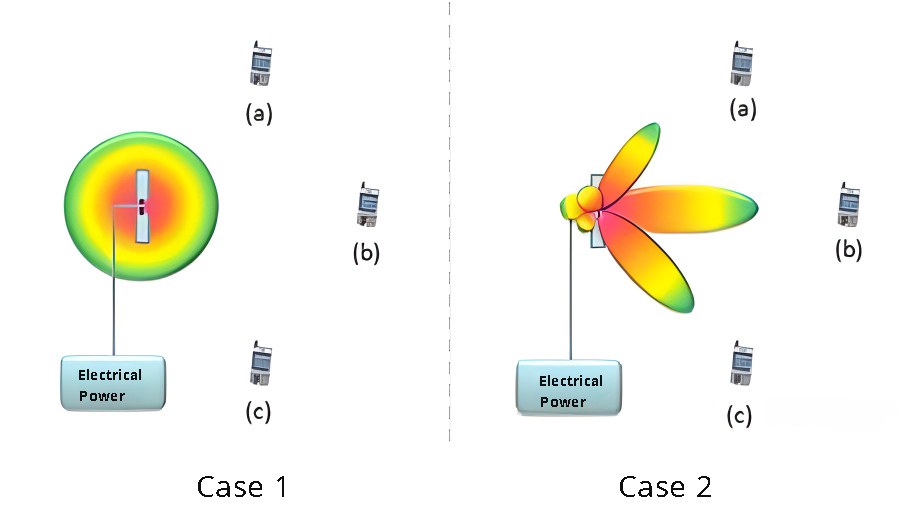MIMO technology uses multiple antennas to transmit and receive signals in the wireless communications field. The multiple antennas for both transmitters and receivers vastly improve communication performance. MIMO technology is mainly applied in mobile communications fields, this technology can greatly improve the system capacity, coverage range, and signal-to-noise ratio (SNR).
1.Definition of MIMO
MIMO Wireless Communication technology is called Multiple-Input Multiple-Out-put (Multiple-Input Multiple-Out-put) technology, and it can also be called Multiple Transmit Multiple Receive Antenna (MTMRA, Multiple Transmit Multiple Receive Antenna) technology.
Its basic principle is to use multiple transmitting antennas and receiving antennas at the transmitting end and receiving end respectively, and be able to distinguish signals sent to or from different spatial directions. It can also improve the system's capacity, coverage and signal-to-noise ratio without increasing bandwidth and transmit power, and improve the transmission quality of wireless signals.
It is different from traditional signal processing methods in that it studies signal processing problems from both time and space aspects. As shown in Figure below, that is a MIMO system with Nt and Nr antennas at the transmitter and receiver respectively.

Simple MIMO system
2.Classification of MIMO
According to different conditions and different wireless environments, the following are four commonly used MIMO working modes: SISO, MISO and SIMO.


3.Important concepts in MIMO
There are many concepts involved in MIMO, the most critical of which are the following three: diversity, multiplexing and beamforming.
Diversity and multiplexing refer to the two working modes of MIMO technology. Here we will show you the basic concepts firstly.
●Diversity: refers to the transmission of the same signal on multiple independent transmission paths. That is, the same signal, independent channels.
●Multiplexing: refers to transmitting multiple independent signals on the same transmission path. That is, different signals, common channels.
Here we use a table to briefly show the relationship between them.
| Working mode | Purpose |
Ways |
Means |
| Diversity | Improve reliability | Reduce fading | space-time coding |
| Multiplexing | Improve throughput | Take advantage of fading | Spatial Multiplexing |


Finally, let's talk about beamforming. Here we will also give you the basic concept: it is a signal processing technology that uses a sensor array to send and receive signals in a direction. It is to make the signal sent by the antenna more directional, preferably able to be pointed accurately at the user without any energy leakage.
●In case 1, the antenna system radiates almost the same amount of energy in all directions. Regardless of the distance between the three users and the base station, although each user can obtain equal signal power, there is still a large amount of signal dispersed in the free space, which causes a waste of energy in the base station.
●In case 2, the energy radiation of the antenna is extremely directional, that is, the energy is as large as possible in the direction where the user exists and the energy is almost distributed in useless directions. The technology that shapes antenna signals is what we call beamforming.
4.Advantages of MIMO
● Channel capacity improvement
MIMO systems can increase channel capacity under high signal-to-noise ratio conditions and can be used under conditions where the transmitter cannot obtain channel information. It can also increase the information transmission rate without increasing the bandwidth and antenna transmission power, thereby greatly improving spectrum utilization.
●Enhanced channel reliability
Using the spatial multiplexing technology provided by MIMO channels can greatly enhance the stability of the system and increase the transmission rate.
Conclusion
FDM-6680 is a low-SWaP, low-cost 2x2 MIMO radio providing long-range coverage across wide areas of operation with 100-120Mbps data rate. More details please visit IWAVE website.
Post time: Dec-18-2023






